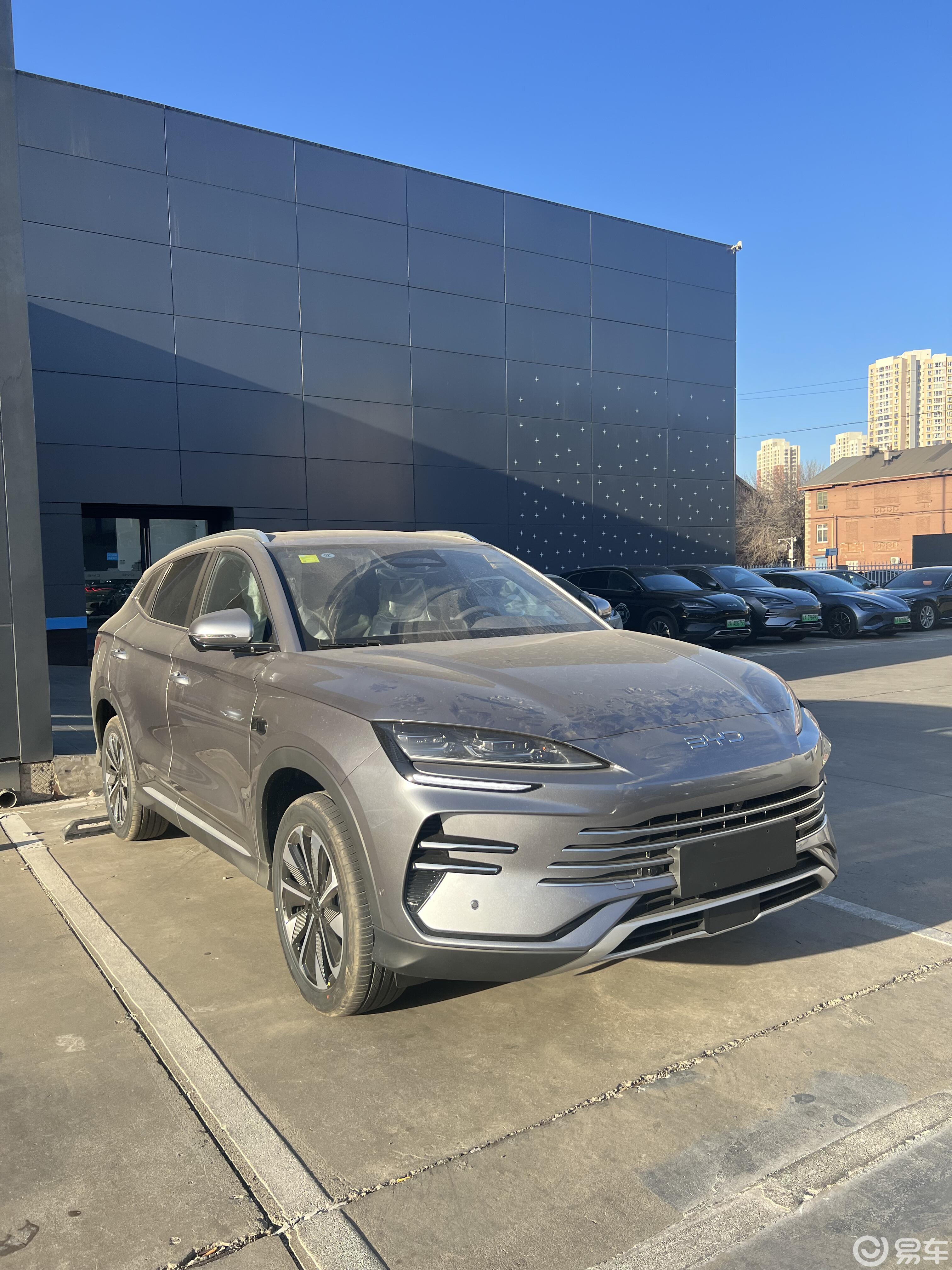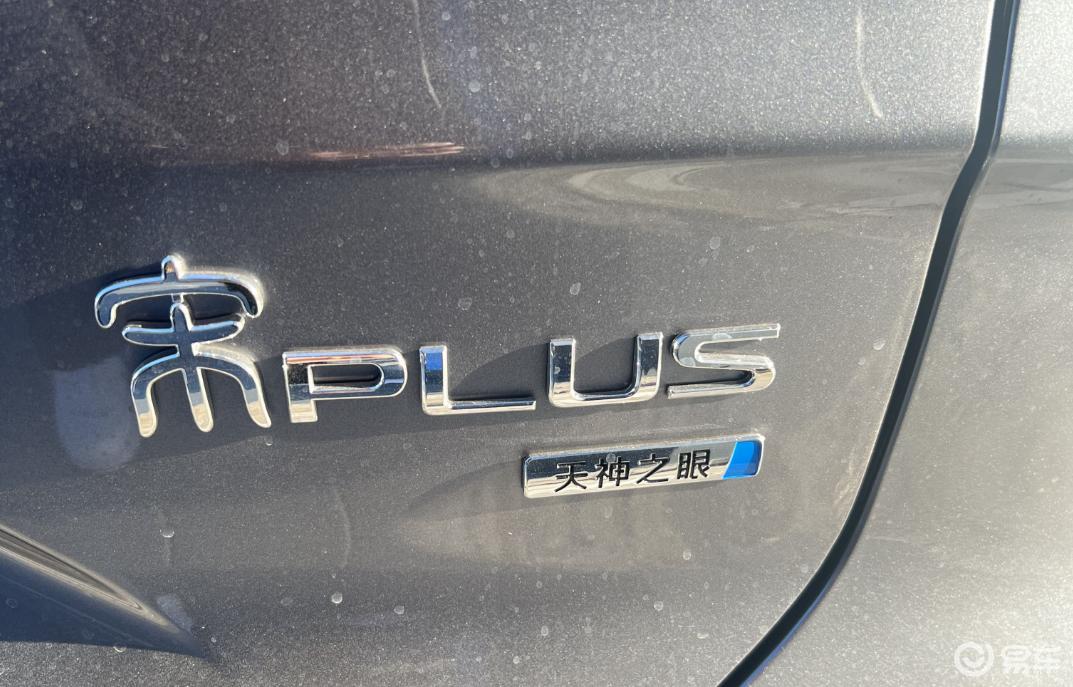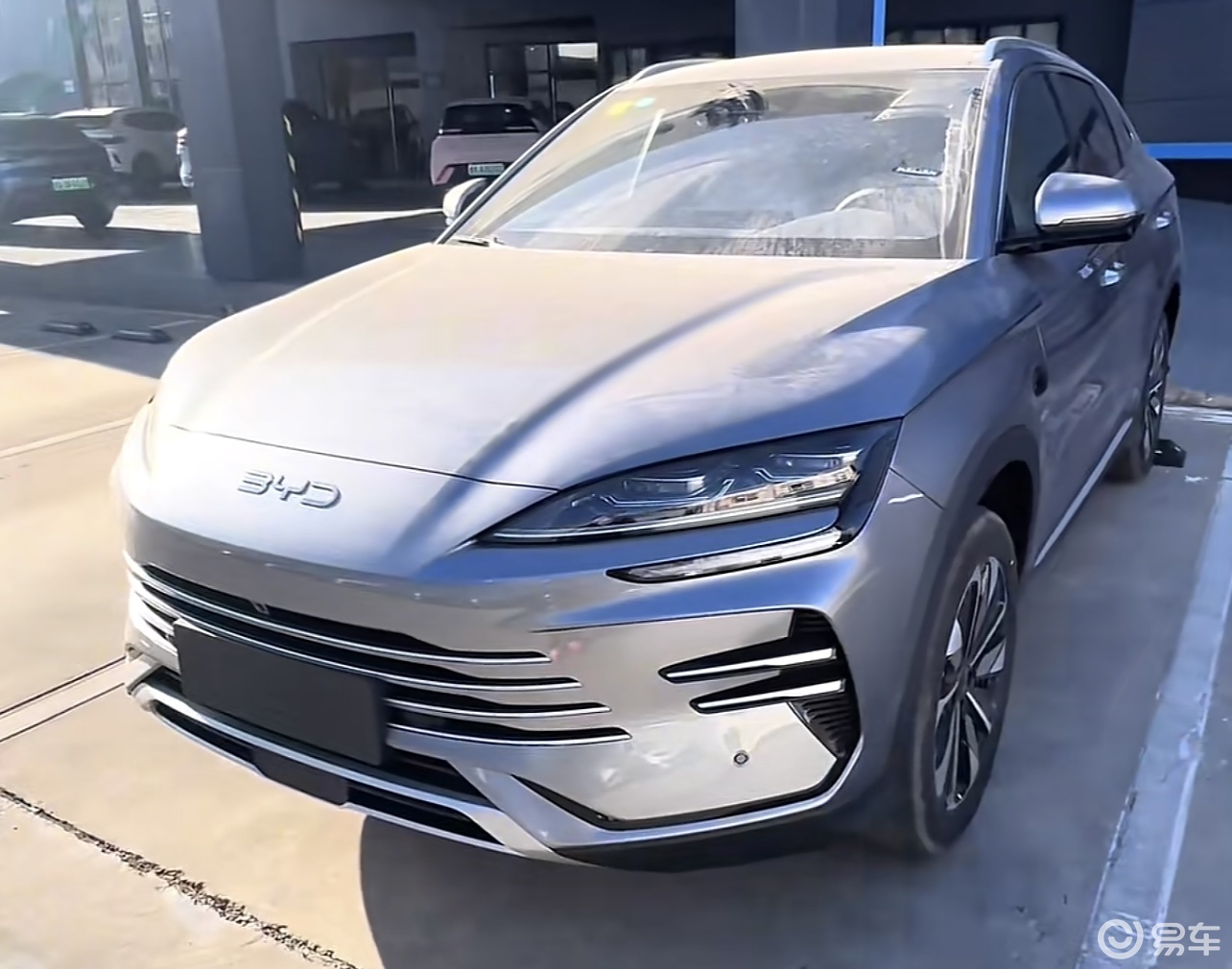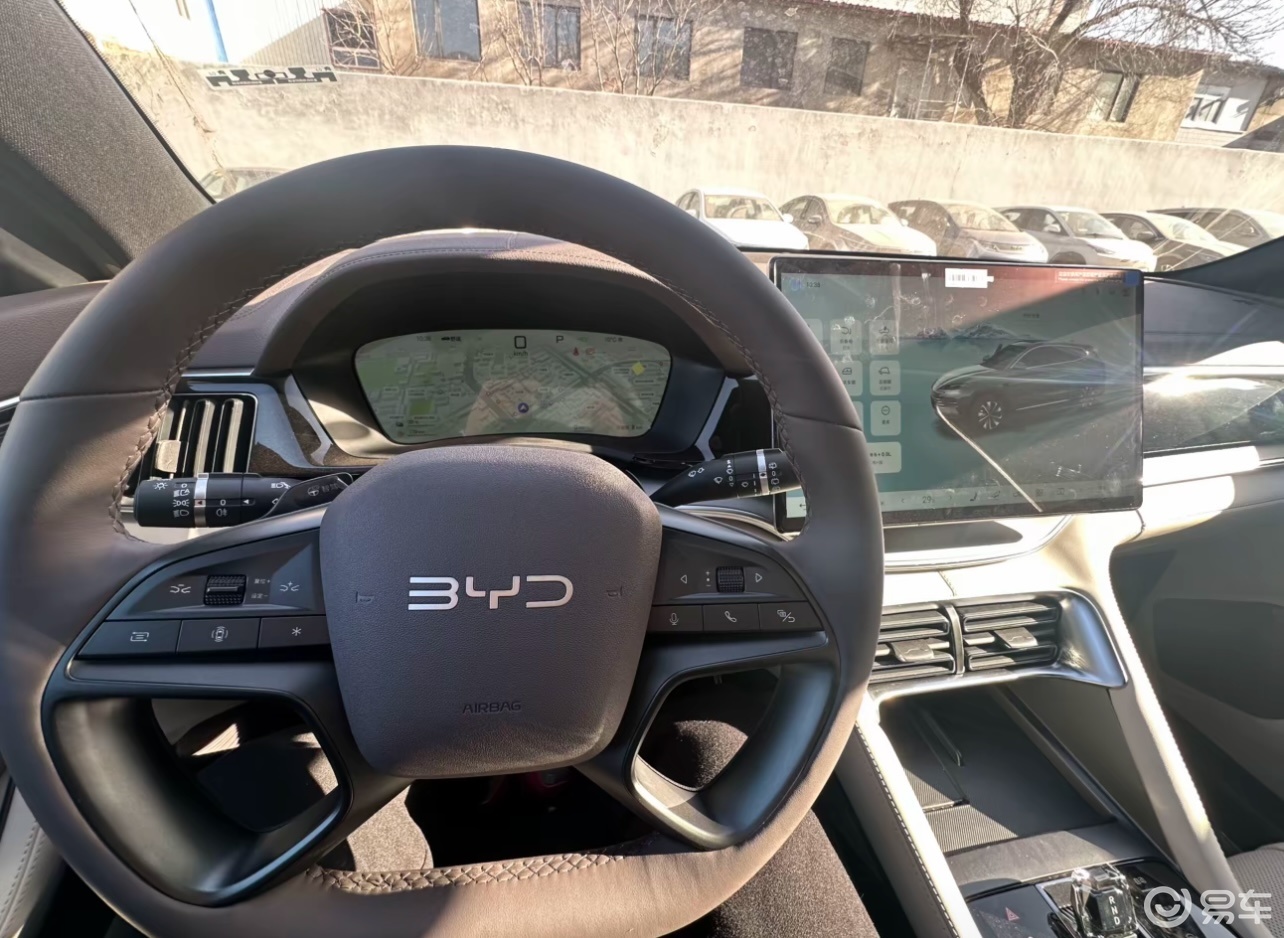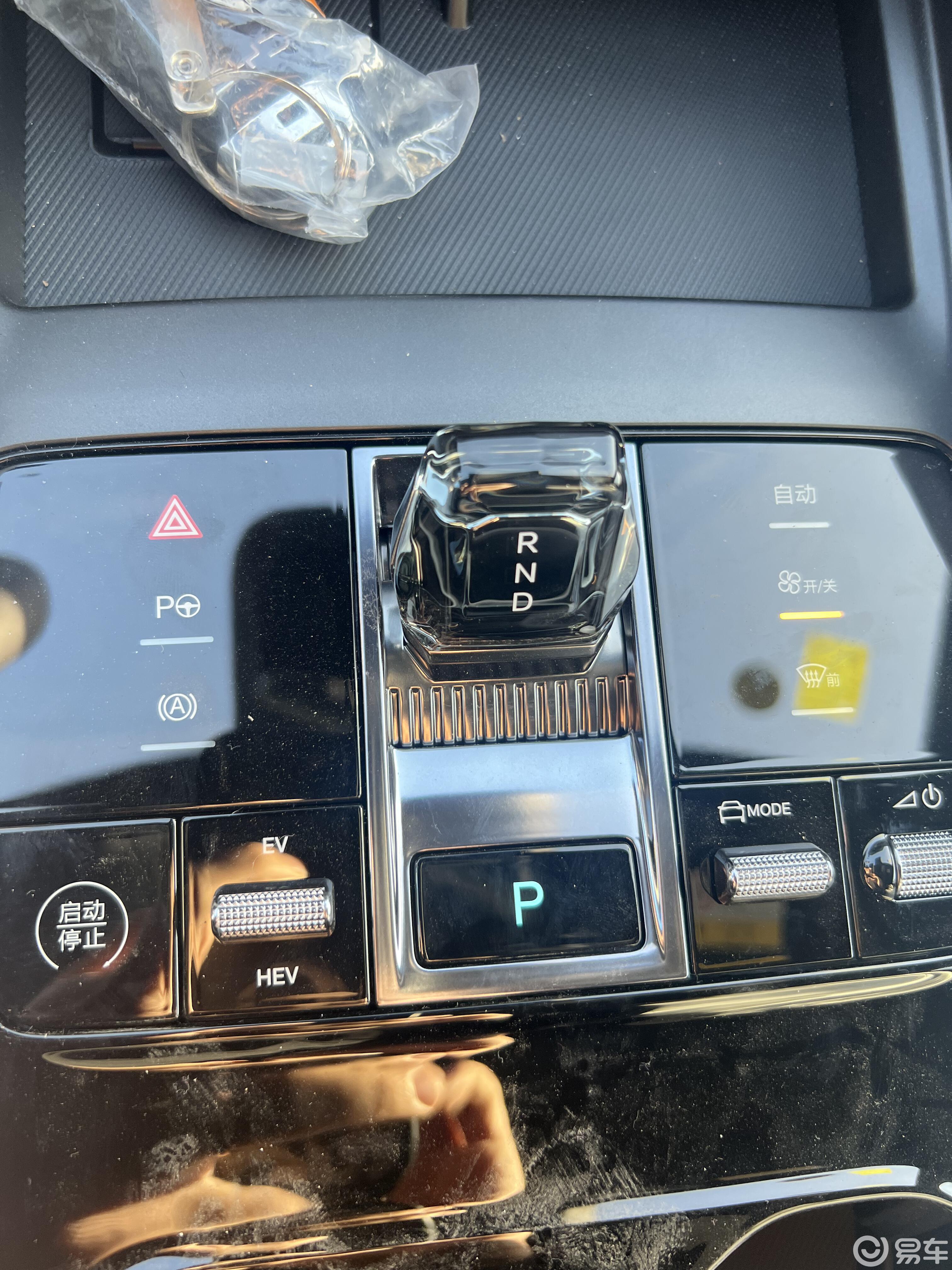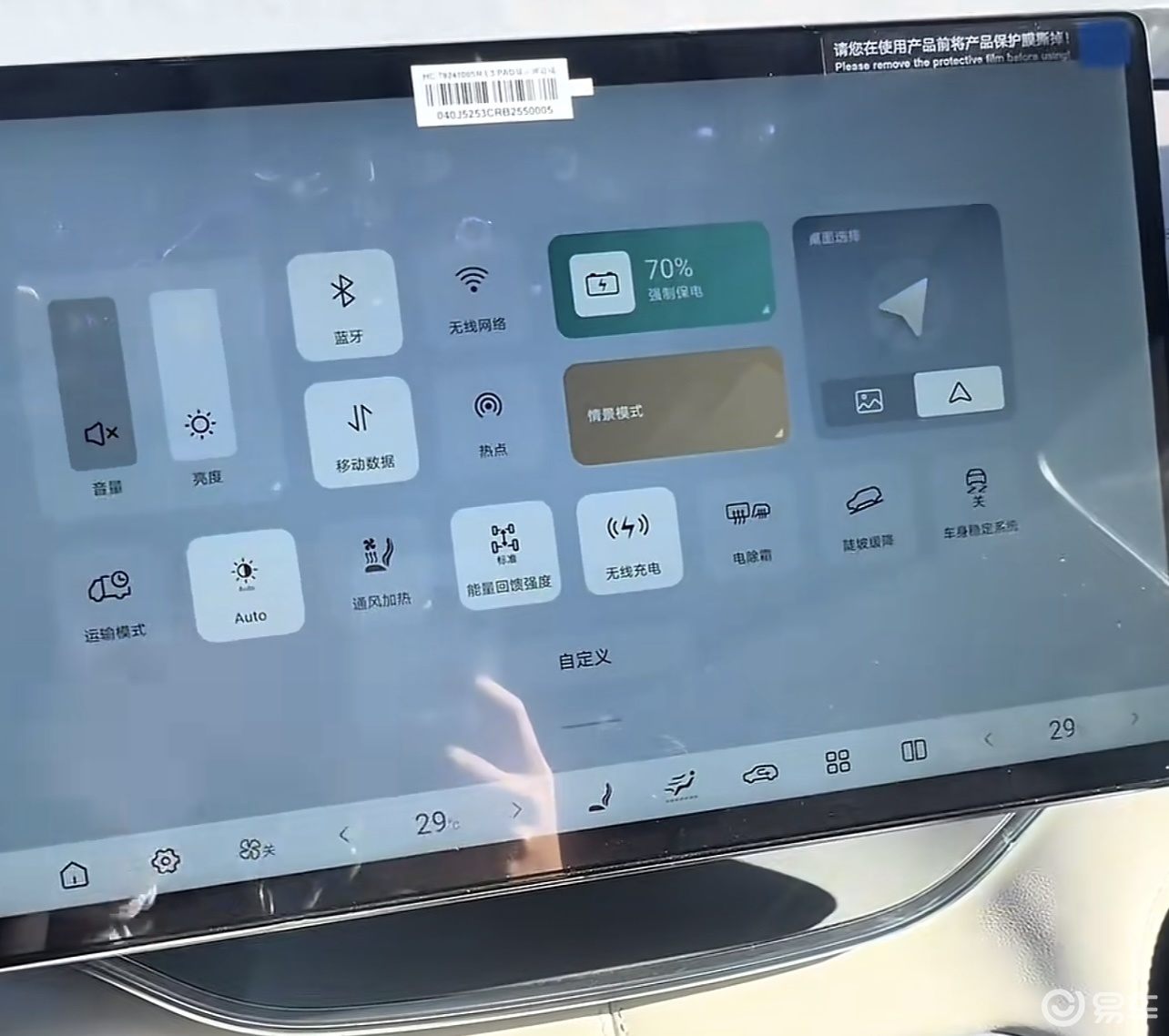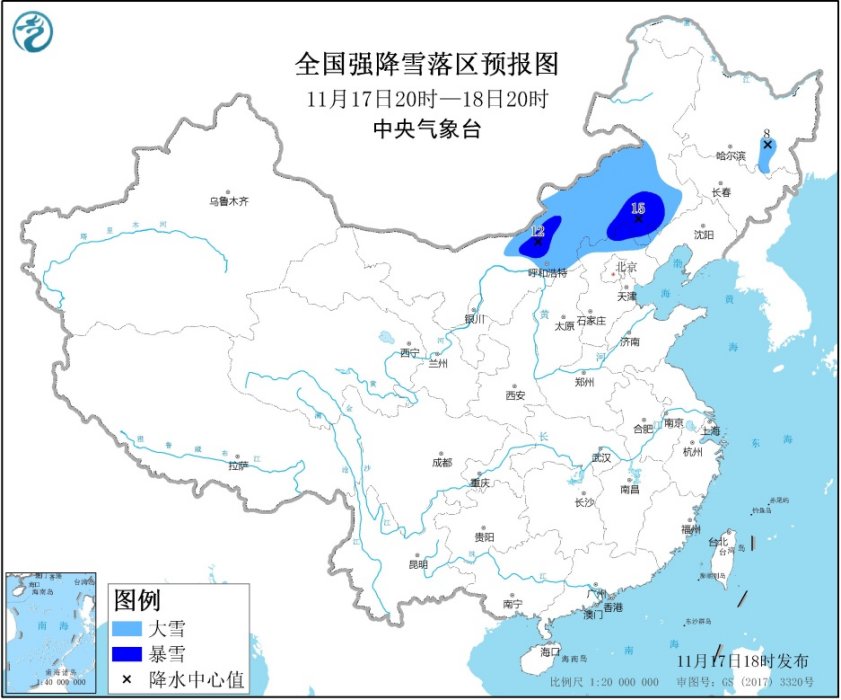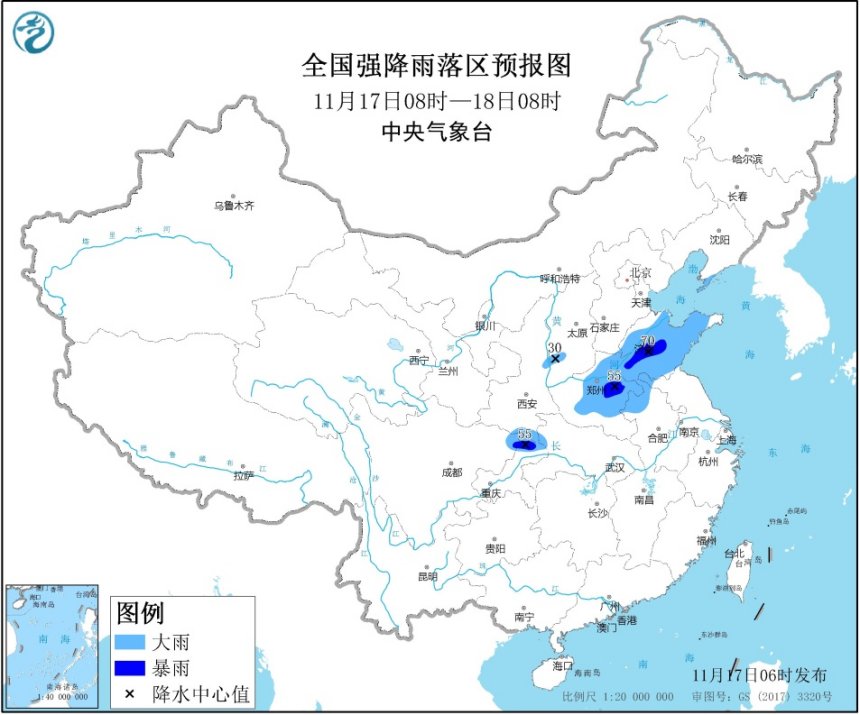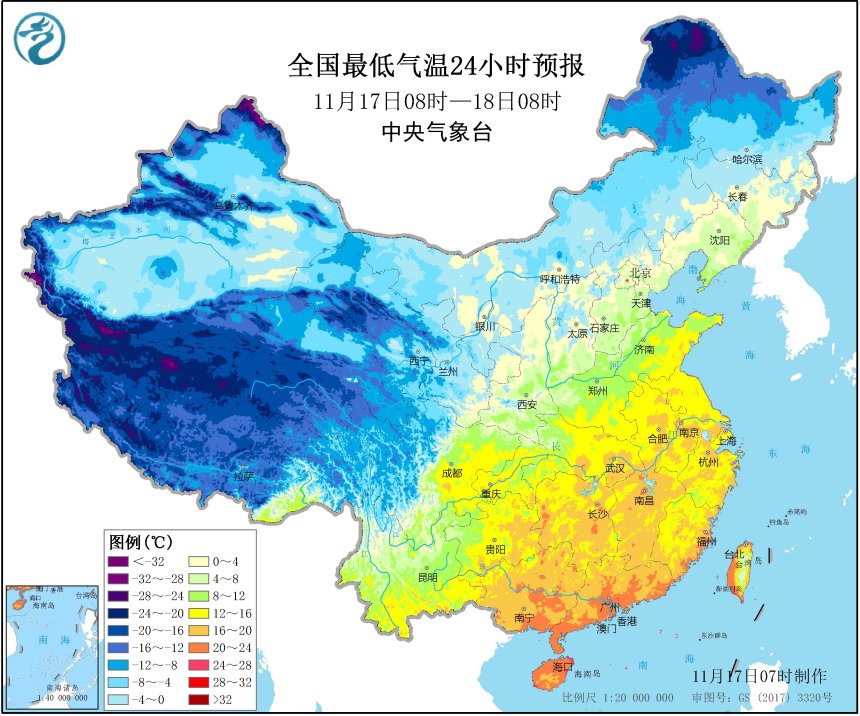When will the conflict between Russia and Ukraine end?
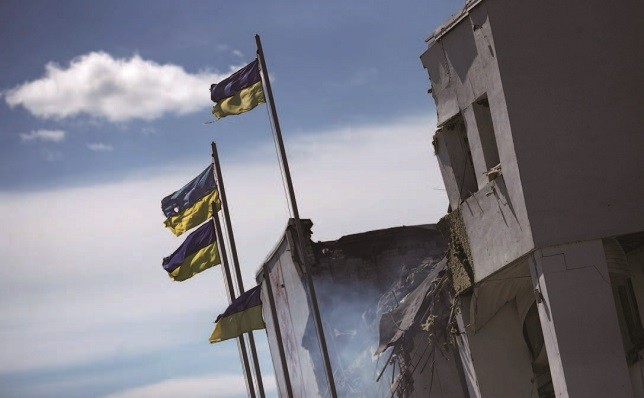
Above: On May 13, 2022, near Kharkov, Ukraine, the conflict between Russia and Ukraine continued and the building was seriously damaged.
Looking back at Russian history, the Soviet-Finnish War from November 30, 1939 to March 12, 1940 actually lasted for 98 days, and ended with the Finnish delegation going to Moscow for peace. Today, by June 3, 2022, the conflict between Russia and Ukraine has exceeded 100 days. When will the conflict end? Become a focus of international attention.
Since the Russian army launched the "Special Military Action" on February 24th, from the insertion of airborne troops near Kiev to the capture of the Snake Island in the Black Sea near Odessa, and the capture of some places in Kherson and Zaporoge States north of Crimea, and the Russian army contracted its troops to Donbass to capture Wooper, Mali and other places … On June 11th, local time, according to Sputnik news agency & radio, rogov, a member of the General Committee of the military and civilian government of Zaporoge State, Ukraine, said, "The passports of the first Russian citizens have been sent to. The Russian side even announced that it would carry out the third phase of the "special military operation". He also said that it is possible to win Odessa and turn Ukraine into a landlocked country.
On the Ukrainian side, President Zelensky is about to issue a new passport. On May 22nd, local time, Polish President Duda visited Kiev and gave a speech at the Verkhovna Rada (Parliament), stressing that "Ukraine should become a member of the European Union". Zelensky responded that it intends to submit a draft law to the Verkhovna Rada to recognize Polish citizens as Ukrainian special citizens. Poles can serve in Ukrainian state organs, strategic enterprises and courts. According to Duda, Warsaw is also making a similar bill, regarding Ukrainians as Polish citizens who have no right to vote. Some commentators believe that Poland is currently the western country that provides the largest amount of military assistance to the Zelensky authorities except the United States, and "there is a great deal to be gained by such investment". Historically, Lviv and other places in western Ukraine have indeed been merged into Poland. The trend of Poland today is worthy of attention.
If the new passports of Russia, Ukraine and Poland are just issued, is Ukraine still Ukraine before the Russian-Ukrainian conflict? Will this country be completely torn apart? What are the benefits for Zelensky?
Although some analysts believe that the current action goal of the United States and the Ukrainian Zelensky authorities is the same, that is, to fight a war of attrition against Russia while minimizing its own consumption, from other perspectives, it is possible that the Russian-Ukrainian conflict will end in the foreseeable time. On June 12th, after meeting with Finnish President Ninisto in Helsinki, NATO Secretary General Stoltenberg said in a rare way: "Peace is possible. The only question is, what are you willing to pay for peace? How many sacrifices are you willing to make for peace in territory, independence and sovereignty? " Is this a formal hint from the West that Zelensky has made major concessions?
The critical period of wrestling Dunbath
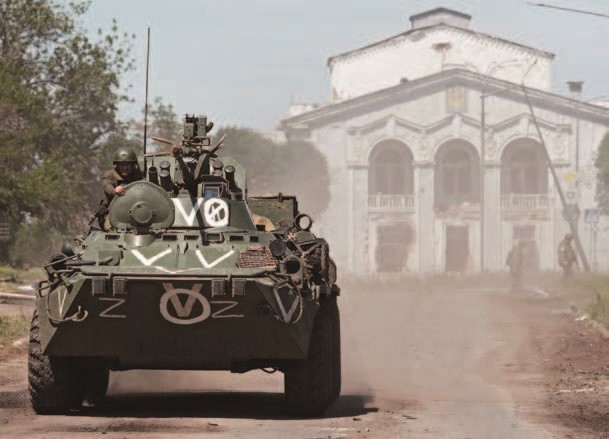
Above: On June 2nd, the conflict between Russia and Ukraine continued in Pasner, Donbass region. The picture shows pro-Russian armed men driving military vehicles.
"For us, this is an epoch-making event. In Hellson, Russian citizenship was solemnly confirmed! As one of the 23 people who received Russian passports on June 11th, Salido, chairman of the military and civilian government of Kherson, Ukraine, declared this. June 12th is the National Day of Russia. Rogov believes that citizens of Kherson and Zaporoge can get Russian passports on this day, which means that these two states have "formally embarked on the road of returning to Russia".
Kirill Stremusov, vice-chairman of the military and civilian administration of Kherson, declared in an interview with RIA Novosti on June 9 that the top priority of Kherson is to accelerate the development of social and economic construction in this region, because "the well-being and quality of life of the people depend on it". The implication is that the battle has been basically finished. Stremusov and rogov have said that within this year, both Kherson and Zaporoge will hold referendums to enter Russia.
In fact, the military and civilian administrative organizations in Kherson and Zaporoge were formed after Russian troops took control of the southern part of Kherson and the coastal part of sea of azov in Zaporoge. Although these Russian-occupied places began to broadcast Russian TV and radio programs and resumed trade with Crimea, and Russian President Vladimir Putin signed an order on May 25th to simplify the procedures for residents of the two states to acquire Russian citizenship, in fact, the Ukrainian Zelensky authorities still control parts of Zaporozhou. Since the end of May, Zelensky has visited the front line and successively visited Kharkov, an important town in eastern Ukraine, Zaporoge, the capital of Zaporoge, the southern city, and Lisichansk in Donbass region. Some photos of the scene even show that Zelensky didn’t even wear a bulletproof vest, which means that this place is firmly controlled by the forces of Kiev authorities, and it is very safe for him to appear here.
According to Oleg zhdanov, a Ukrainian military expert, Zelensky’s visit to these places is mainly due to the Kiev authorities’ belief that Russian troops will attack cities such as Lisichansk, Kharkov and Zaporoge in sequence. "Zelensky’s trip to the front line, I think the composition of public relations is more meaningful than military command and decision-making, but his visit to the front line really inspired the morale of the Ukrainian army."
There are indications that in early June, when the Russian army occupied the northern part of Donetsk, the local Ukrainian army retreated to Lisichansk and Bakhmut on a large scale. At the same time, commercial satellite images show that the Russian army is building a pontoon bridge in Kupyansk, Kharkov State. On the edge of Kupyansk is the P07 highway, which runs directly from Kharkov to the north of Donetsk and Lisichansk. It can be seen that this is to strengthen the construction of supply lines for the next attack and prepare for the Russian army to launch operations in Lugansk State in the next stage.
The fulcrum of the Russian army’s supply line is Ikum in the south of Kharkov State. This small town with a permanent population of less than 50,000 square kilometers has been in the hands of Russian troops since the second phase of Russian military operations. "Ikum has concentrated more than a dozen battalion-level battle groups of the Russian army, accounting for about 15% of Russia’s total strength in Ukraine." Zhang Hong, a researcher at the Russian Institute of Eastern Europe, Central Asia, China Academy of Social Sciences, said, "The Russian side is very persistent in the direction of Ikum and has invested considerable troops. In order to prevent the Russian army from occupying the whole Donbass south, it has also concentrated its firepower on Ikum."
Looking back at Ikum’s attack and defense-on April 30, Ukrainian military rockets intensively bombed Russian positions in Ikum; On May 10, the General Staff of the Ukrainian Armed Forces said that the Ukrainian army captured four settlements from the Russian army, and the shells landed not only in Ikum, but also in the Russian border city of Belgorod, causing casualties. This is the first time that Russia has been hit by fire from the ground since the launch of the "special military operation" on February 24. Later, the American think tank "War Research Institute" said that in the face of the Ukrainian attack, the Russian 138 th Mechanized Brigade withdrew from Kharkov State.
From the Russian public reports, after the Russian mainland was bombarded by Ukrainian troops, the Russian army did not launch a counter-offensive operation in the attacked area, but relied on Ikum to violently shell Ukrainian positions in the west and south of Ikum. The 74th Mobu Brigade of the Russian 41st Army tried to cross the North Donetsk River eastward and surrounded the Ukrainian army in Lubezhinoye, Lugansk State. On May 11th, the Ukrainian Ministry of Defence announced that the 17th tank brigade of the Ukrainian army destroyed the pontoon bridge built by the Russian army on the North Donetsk River near the city of Lugansk, severely damaging the Russian armored convoy, and the casualties were unknown.
Until the end of May, the governor of Kharkov, Ukraine, Sini Hupov also said that Ikum was still the main hot spot of the Donbass War, and the Ukrainian army launched a counterattack in the local area, forcing the enemy to retreat in some places.
In an interview with Xinmin Weekly, Wu Xinbo, dean of the Institute of International Studies of Fudan University and director of the American Studies Center of Fudan University, analyzed: "In the first stage of military operations, the Russian army bypassed the main force of the Donbass Ukrainian army to fight. The reason is that there were not many soldiers in Ukraine in terms of the way of using troops in Russia at that time. Putin wants to send troops quickly to deter Ukraine and meet Ukraine’s requirements of recognizing Russia, such as agreeing not to join NATO. Later, it was found that this method of warfare was not effective, so the contraction force was steady and steady in Donbass, and efforts were made to open the land passage between Crimea and Wudong first. " In Wu Xinbo’s view, as far as the battlefield situation is concerned, June is a crucial period for the conflict between Russia and Ukraine. "Because of the adjustment of tactics, since May, the battlefield situation has gradually benefited Russia." Wu Xinbo said, "and the Ukrainian elite is in Donbass. At one time, it seemed to be effectively resisting and even taking counter-offensive measures. But if the heavy troops of Ukrainian Kiev authorities in Udon Donbas are annihilated by Russian troops, I am afraid it will be extremely unfavorable for Zelensky to win western aid. Wu Xinbo believes that the possibility of resuming negotiations between Russia and Ukraine depends on when the situation in the battle of Donbass becomes clear.
Are Russia and Ukraine facing a shortage of troops?
On June 4th, local time, Andrei Germark, director of the Ukrainian President’s Office, shared a social media post. Andrei Morozov, the original poster and a civilian armed soldier in Lugansk, claimed that the Russian Army’s 35th Army was hit hard in Ikum. "There are only 12 to 15 infantry in combat readiness in each battalion under its jurisdiction, and there are no more than 100 combat infantry in the whole army.".
Since then, the Kiev authorities have not confirmed the accuracy of this news, and Russia has not admitted that almost the entire organization of the 35 th Army was annihilated. Morozov went on to say that his army was located about 100 kilometers southeast of Ikum, near the town of Tosh Koffka in Lugansk region. By this calculation, he may not have witnessed the destruction of the friendly Russian 35th Army. However, from this news, we can explore a question-how many troops are there in a group army when Russian troops are transferred to Ukraine? Unlike many people’s impression that a group army has tens of thousands of people, it is said that when the Russian 35th Army originally stationed in Amur Prefecture in the Far East was transferred to Belarus for exercises at the end of 2021, a total of less than 10,000 people were mobilized. This is a "group army" with only six battalion-level tactical groups. From the perspective of strength, it can’t catch up with a tank division in the Soviet era. In the Soviet era, if a combat tank division was fully staffed, there would be more than 2,000 light infantry. During the Russo-Japanese War, it was said that the establishment of a group army of the Russian army exceeded 100,000.
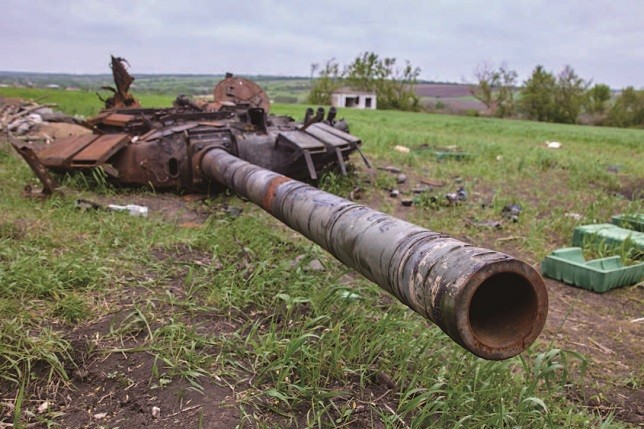
Above: On May 13th, near Kharkov, Ukraine, the conflict between Russia and Ukraine continued. The picture shows a badly damaged Russian tank.
The Russian 35th Army entering Kharkov State met with the Ukrainian 93rd Independent Mechanized Brigade. This is the elite of the Ukrainian army, and in terms of personnel and weapons and equipment, it is also equal to the Russian 35 th Army. Therefore, there must be war damage to the 35th Army, but it remains to be confirmed whether the scale of the war damage has reached the point where the entire organizational system was almost completely annihilated.
Through the "one spot" of the Russian 35 th Army, it can be seen that the Russian army has entered the "whole leopard" of Ukraine. At the beginning of the Russian military’s "special military action", Putin particularly emphasized that "only professional soldiers will participate in the" special military action ",and active duty conscripts and conscripts will not participate." But on March 9, Igor Konashenkov, a spokesman for the Russian Ministry of National Defense, publicly admitted: "Unfortunately, we have discovered some facts that show that there are active duty conscripts in the Russian armed forces to participate in this’ special military operation’ against Ukraine." But at that time until now, one of the major principles of the Russian "special military action" has not changed, that is, conscripts are not required to go out. Konashenkov’s speech was followed by a sentence-"Almost all conscripts have been withdrawn from Ukraine, and the military is currently investigating how they initially participated in the operation to ensure that such incidents will not happen again." Russia wants to "zero out" the conscripts in the Russian army in Ukraine. So using troops is equivalent to having two hands, but only hitting people with one hand. It was clear from the beginning of the "special military action" that the military structure of Russian troops was designed to launch and support small-scale wars. Now, the total strength in Ukraine does not exceed 200,000, but it is supporting a large-scale ground war, especially with the increase of war damage, and the future manpower supplement. Xinmin Weekly reporter noted that General Vladimir Kulishov, First Deputy Director of the Russian Federal Security Service and Director of the Border Defense Bureau, disclosed on May 27th that,At that time, Russian border guards had strengthened reserves, armored vehicles and collective weapons in the border area with Ukraine.
Compared with Russia, the Kiev authorities in Ukraine issued a national general mobilization order as early as February 23, just before the Russian army crossed the border. At that time, on the way to Poland, Ukrainian refugees fled westward, and their wives and children were separated by the military. On May 13th, Ukrainian Defense Minister Reznikov said through social media that he planned to mobilize 1 million people to enhance national defense strength. Since June, many Ukrainians have petitioned Zelensky’s website, hoping that he would lift the ban on Ukrainian men aged 18-60. Zelensky said that according to the current law, Ukrainian citizens can be restricted from exercising their constitutional right to leave the country freely when the country is in a state of war or emergency, and at the same time, the validity period of such restrictions should be "clearly defined". According to the current decision of the Verkhovna Rada of Ukraine, the wartime state of Ukraine has been extended to August 23rd.
The problem is that Ukraine has devoted all its efforts to mobilizing, even if millions of people are drawn into the army, most of them have never been soldiers or participated in actual combat. How to become a veteran who can fight overnight? For the Zelensky authorities, it is more reliable to deploy the original troops more reasonably. Just as Russia has strengthened the deployment of border guards, the Ukrainian Verkhovna Rada said on June 11th local time that Zelensky has signed a law allowing officers and men of territorial defense forces to be sent to the war zone to carry out tasks, not only in its jurisdiction. According to this law, the commander-in-chief of the Ukrainian armed forces will issue specific orders to deploy territorial defense forces to the war zone.
Of course, Ukraine is also counting on international assistance, such as recruiting foreign mercenaries. On June 11th, however, the Russian side claimed that the Russian Air Force used high-precision missiles to destroy the foreign mercenaries stationed in Ukharkov. This is obviously a warning to foreign mercenaries in Uzbekistan.
On June 9th, local time, the court of "Donetsk People’s Republic" announced that three foreign mercenaries captured in upor, Mali were sentenced to death. They are two British citizens, Sean Pinner and Aidan aslin, and a Moroccan citizen, Ibrahim Saadon. Nico Norova, "Foreign Minister" of the Donetsk People’s Republic, later said in the YouTube channel "Solovev Live": "Britain and Morocco are unwilling to get in touch with us, and they don’t care about the fate of their citizens at all. It is possible that they can send lawyers to defend these people, but they don’t. " Earlier, the "Donetsk People’s Republic" announced that these captured foreign mercenaries would not be regarded as prisoners of war, so they could not go home through the prisoner exchange procedure. Konashenkov, a spokesman for the Russian Ministry of Defence, said that according to the law of the Donetsk People’s Republic, these tried persons can object to the verdict within one month. "The best thing waiting for them is long imprisonment." Konashenkov said.
Shao Yongling, a first-class professor at the Command College of the Rocket Army of the Chinese People’s Liberation Army, interprets this as: "From the perspective of Russia and the Donetsk People’s Republic, these captured personnel are employed by some private military companies in the West, not’ combatants’ as stipulated in international humanitarian law, so they are not entitled to the treatment of prisoners of war, and will be regarded as criminals who are subject to criminal proceedings and investigated for war crimes. Seeing such a situation, many mercenaries who want to help Zelensky die have packed up and gone home. " The Canadian sniper Wali, who once existed as a myth in some western media in March, was one of them. At that time, some media said that Wali had shot the Russian army three kilometers away, which was simply the best sniper in the world. After returning to Canada, he accused the Ukrainian army of insufficient weapons and equipment, insufficient training, heavy casualties, speculation and desertion in the army, and it was not worth his hard work, so he came back. In fact, if Wali learned that since the disintegration of the Soviet Union, there have been people selling arms in Ukraine, he would know that he really shouldn’t have waded into this muddy water. At present, even Avril Haynes, the director of national intelligence in the United States, can’t understand-where have all the equipment of western military aid to Ukraine gone, and how much is used for resistance against Russia? At the US Senate hearing in May, Avril Haynes even said: "We actually know more about Russia than Ukraine."

上图:6月5日,乌克兰总统新闻处提供的照片显示,乌克兰总统泽连斯基(右二)视察扎波罗热,与前线士兵交谈。
美国海军陆战队一名代号为“达科塔”的老兵说,他曾前往乌克兰帮助乌军掌握标枪反坦克系统,可发现他们学艺不精,有时候事先连该系统的电池都忘了检查、预装就上战场。在到达前线后的第二天,“达科塔”发现20名外国援乌“志愿者”中已有8人溜号。那还等什么?“达科塔”自己也开溜了。
美欧想法越来越一致
科纳申科夫6月8日称,乌克兰军队在顿巴斯遭受重大人员损失。仅在俄军“解放”“顿涅茨克人民共和国”斯维亚托戈尔斯克的三天战斗中,俄军和顿涅茨克武装就击毙300多名乌克兰民族主义分子,更兼6辆坦克、15辆各种类型的装甲战车、36门野战火炮和迫击炮,4个‘冰雹’多管火箭炮装置和20多辆汽车。
Vadim Skibitsky, deputy director of the Intelligence Bureau of the Ukrainian Ministry of Defence, said that the Kiev authorities were running out of ammunition on the front line. "Now everything depends on what is given to us. One gun in Ukraine is facing 10 to 15 guns in Russia, and our western partners only gave us about 10% of their things. " Skibitsky said. Agence France-Presse even reported that all the Soviet-era ammunition in Ukraine and the former Warsaw Pact countries that invested in the West was almost exhausted.
Under this circumstance, will the United States and NATO increase their military assistance to Ukraine? In Wu Xinbo’s view, this may not be the case. "The United States wants to consume Russia through the Russian-Ukrainian conflict. In April, when Ukraine seemed to resist some sounds, the United States seemed very proud." Wu Xinbo told reporters, "The battlefield situation since May shows that Ukraine does not have the ability to consume Russia for a long time." Wu Xinbo even pointed out that in the United States, Biden originally hoped to use the Russian-Ukrainian crisis to enhance his personal image and boost his support rate. However, the polls in early June showed that Biden’s support rate fell to 36%, reaching a new low since he took office, and lower than Trump’s lowest period of 39%, setting a new low for the incumbent US president after World War II.
In November this year, the mid-term elections in the United States are approaching, and Biden needs a blog to let the Democratic Party gain a foothold in Congress. If the Republican Party holds the parliament after the mid-term elections, Biden will become a "lame president" in the last two years of his term. At present, the Republican Party is opposed to military aid to Ukraine. How to find a balance in the election field and improve the support rate really tests the decision-making ability of Biden and his team. After the Russian-Ukrainian conflict, high energy prices also had an impact on the American economy. These are all factors that are not conducive to Biden’s gains in the mid-term elections. What should he do? On May 31st, local time, Biden published a signed article "What the United States will and will not do in Ukraine" in The New York Times, which comprehensively and detailedly expounded the goals of the US government. He once again stressed the need to help European allies reduce their dependence on Russian fossil fuels and accelerate the transition to clean energy; Welcome Finland and Sweden to join NATO. But he also once again stressed that "the Putin government will not be overthrown because of Ukraine."
In Wu Xinbo’s view, Biden’s remarks tend to be pragmatic. Wu Xinbo also reminded that the recent frequent speeches by the former US Secretary of State, who is nearly 100 years old, actually reflect the expressions of some people and political forces in the United States. Kissinger made it clear at the Davos Economic Forum that Zelensky should seek reconciliation with Russia, even if it ceded territory. Zelensky seemed very dissatisfied with this, and ironically said whether the old man lived in 1939, making it clear that Russia was the role of Nazi Germany. However, Kissinger said in a reply to the British Times on June 11th that "after the conflict between Russia and Ukraine, Europe must find a place for Ukraine and Russia-assuming we don’t want Russia to be China’s outpost in Europe". This shows that in the west, some people are already planning the post-Russian-Ukrainian conflict.

Above: Biden faces an extremely severe mid-term election situation.
Wu Xinbo believes that the current European, German, French, Italian and other energy dependence on Russia cannot be lifted overnight, nor can the United States find a substitute with a few beautiful words. Although it is just summer, how can Europe reserve energy to cope with the cold winter in 2022-2023? "These western powers in Europe have always wanted to mediate, but because of Germany’s previous cooperation with Russia’s’ Nord Stream 2′ gas pipeline and other reasons, it seems that the United States may not trust Germany at present. Therefore, in the new round of mediation, Italy and other countries have been seen." Wu Xinbo told reporters, "Compared with the western powers, some countries of the former Warsaw Pact hope that someone will confront Russia fiercely and weaken Russia’s power once and for all after taking refuge in NATO. But I think their influence is limited in the West. "
Perhaps it is the United States that really affects the final decision of these eastern European countries-not what the United States says, but what the United States does. On June 11th, rogozin, president of the Russian Aerospace Group, disclosed that the US had complied with Russian regulations and paid for American astronaut Mark Van der Hei’s ride on the Russian Soyuz spacecraft. According to another source, in May, Boeing Company of the United States had to stop production of Boeing 737MAX aircraft for at least 10 days due to supply chain problems. "Boeing is highly dependent on Russian titanium raw materials, accounting for 30% to 40% of the company’s titanium imports, and at least one-third of Boeing aircraft are completely assembled from Russian titanium." Roman Gusalov, a Russian aviation safety expert, said, "In addition to titanium, there are also shortages of other parts that Boeing aircraft manufacturing relies on imports." David calhoun, CEO of Boeing, said that Boeing customers were "disappointed" because of the delay in delivery of the aircraft due to supply chain problems.
In that case, what’s the point of Russia and Ukraine? (lead author Jiang Haofeng)






